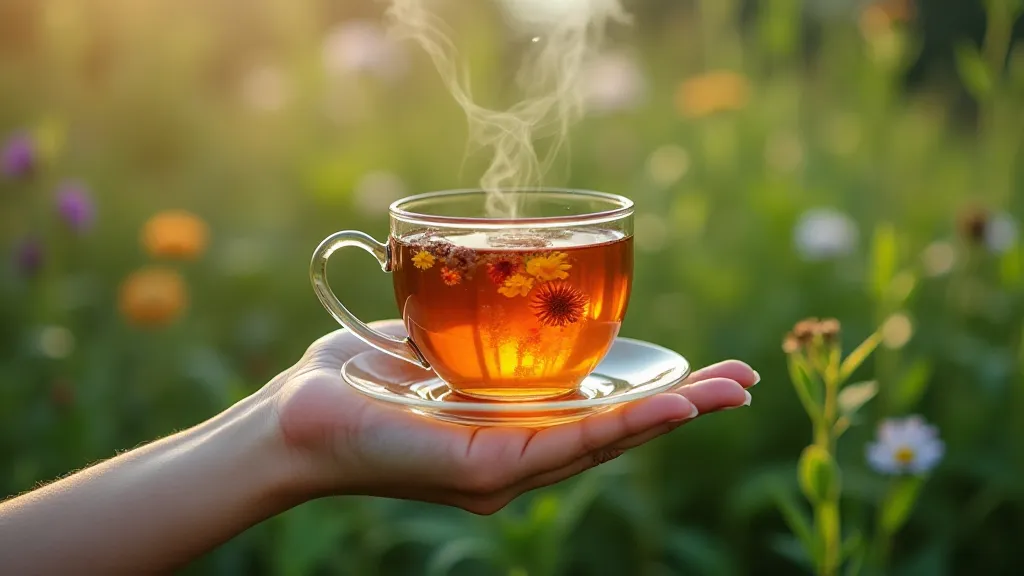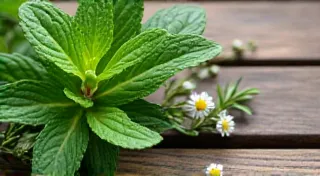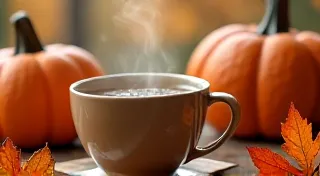Exploring the Art of Layering Flavors in Tea Blends
The world of tea blending is far more than simply mixing a few leaves together. It's a delicate art, a culinary exploration, and a journey into understanding how different flavors interact and transform. While selecting quality ingredients is paramount, truly elevating your tea blends to a gourmet level hinges on mastering the technique of flavor layering. This article delves into the principles of flavor layering in tea blending, offering insights and guidance for both beginners and experienced blenders alike.
Understanding Flavor Profiles in Tea
Before you start layering, it's crucial to understand the underlying flavor profiles of the teas and botanicals you're working with. Flavors can be broadly categorized (though there's considerable overlap) into:
- Base Notes: These are the foundational flavors, often provided by the black, green, white, or oolong tea base. Black teas (like Assam or Ceylon) typically offer malty, robust, and sometimes chocolatey notes. Green teas are often grassy, vegetal, or subtly sweet. White teas tend to be delicate and floral. Oolong teas offer a wide spectrum, from floral and buttery to roasted and woody.
- Mid Notes: These flavors build upon the base, adding complexity and interest. Think of spices like cinnamon, cardamom, or cloves; fruits like apple or berry; or herbs like mint or rosemary.
- Top Notes: These are the fleeting, aromatic qualities that first hit the palate. Citrus peels (lemon, orange), certain floral petals (rose, lavender), and lighter herbs (lemon balm) frequently play this role.
Thinking of your blend as having these three levels helps you build a harmonious and well-rounded flavor profile. A blend dominated by top notes will be fleeting and lack substance. One relying solely on base notes might be too heavy or one-dimensional.
The Principles of Flavor Layering
Layering isn't just about adding ingredients; it’s about how they interact. Consider these key principles:
- Balance is Key: Just as a painter uses different tones to create depth, a tea blender needs to balance strong and subtle flavors. A potent spice like ginger needs to be tempered with gentler botanicals.
- Consider the Tea Base: The base tea dictates the overall character of the blend. A robust black tea can handle bolder flavors, while a delicate white tea requires a lighter touch.
- Complementary vs. Contrasting Flavors: Complementary flavors enhance each other (e.g., cinnamon and apple). Contrasting flavors (e.g., mint and chocolate) can create exciting, unexpected combinations, but require careful execution to avoid clashing.
- Strength and Duration: Different ingredients release their flavors at different rates. Consider how long each component will linger on the palate. Some spices like ginger are more potent, while others, like chamomile, are more subtle.
- Aromatic Synergy: Consider the aromatic qualities of your ingredients. Certain scents blend beautifully together (e.g., rose and vanilla), while others can be jarring.
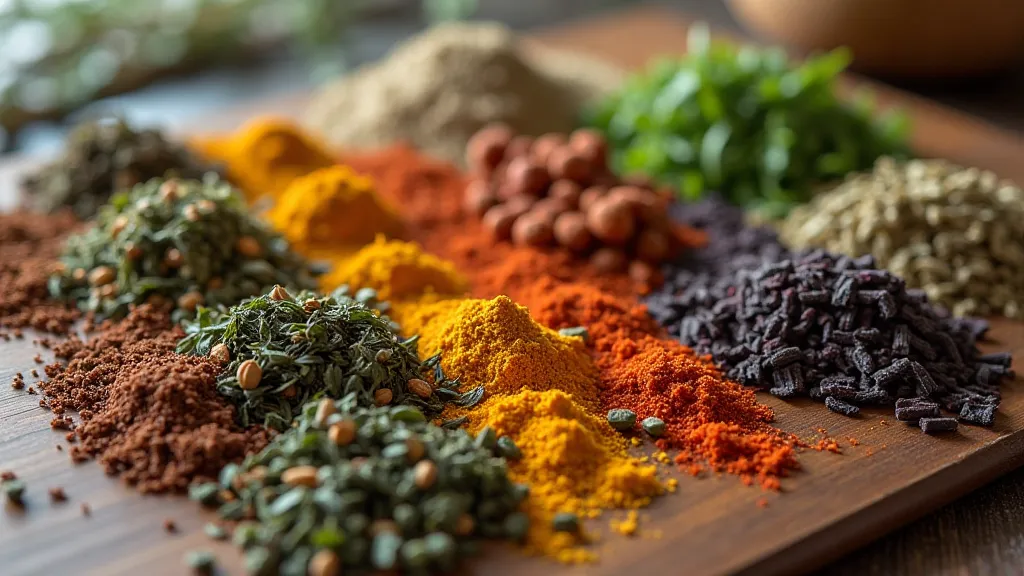
Practical Layering Techniques
Here are a few practical approaches to layering flavors in your tea blends:
- The 'Foundation - Bridge - Accent' Method: Start with a strong base tea. Add a ‘bridge’ ingredient that connects the base to a more unique flavor. Finally, add a ‘accent’ ingredient to provide a unique touch. For example, a Ceylon black tea (base) might be paired with a touch of orange peel (bridge) and a sprinkle of lavender (accent).
- Building a 'Warm & Spicy' Blend: Begin with a base of Assam black tea. Add mid-notes like cinnamon, cloves, and cardamom. Finish with a touch of vanilla for sweetness and a few grains of pink peppercorn for a subtle, peppery warmth.
- Creating a Refreshing 'Citrus & Herb' Blend: Start with a green tea base. Add dried lemon peel and lemongrass for citrus notes. Add a few sprigs of fresh mint and a pinch of lemon balm for a cool, herbal finish.
- Playing with Floral Complexity: Combine a white tea base with rose petals, jasmine blossoms, and a very light touch of elderflower. Be mindful of using floral elements sparingly; they can easily overpower a blend.
Experimentation and Record Keeping
Tea blending is an art form that thrives on experimentation. Don’t be afraid to try unusual combinations and push boundaries. However, meticulous record-keeping is essential. Document every blend, noting the ingredients used, their proportions, and your observations on the aroma, flavor, and overall impression. This will allow you to replicate successful blends and learn from those that didn't quite work out.
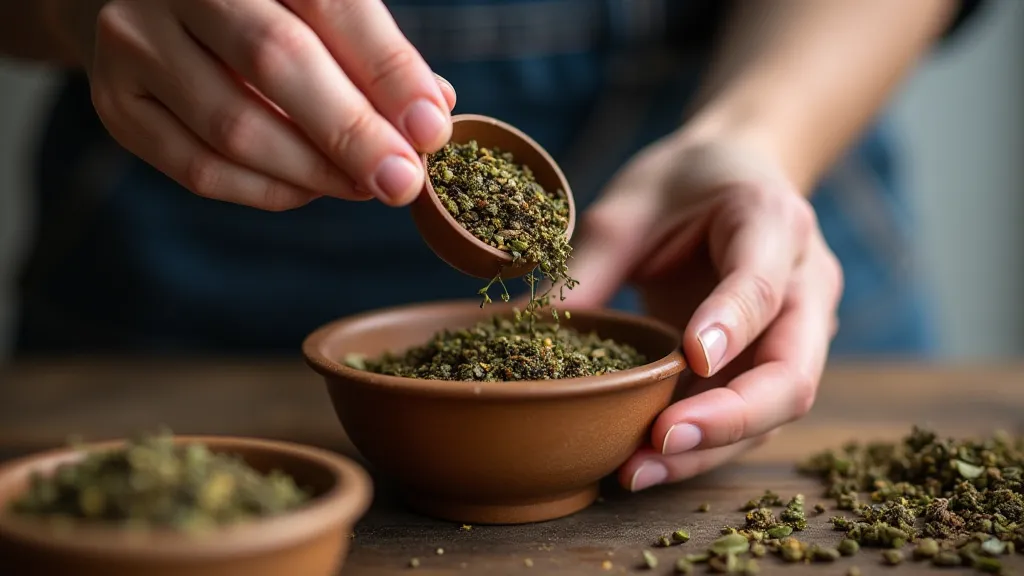
Beyond the Basics: Considering Processing and Oxidation
The processing of your ingredients also plays a role. For example, a lightly oxidized berry will have a different flavor profile than a fully dried berry. The level of oxidation in the tea base also contributes significantly to the blending process. A fully oxidized black tea will hold up to bolder flavors compared to a less oxidized oolong.
The Joy of Discovery
Ultimately, the art of layering flavors in tea blends is a journey of discovery. There are countless possibilities, waiting to be explored. By understanding the principles of flavor profiling, mastering layering techniques, and embracing experimentation, you can create truly unique and satisfying tea blends that will delight your senses and showcase your creativity.
